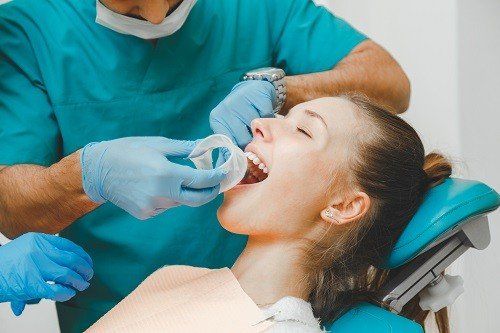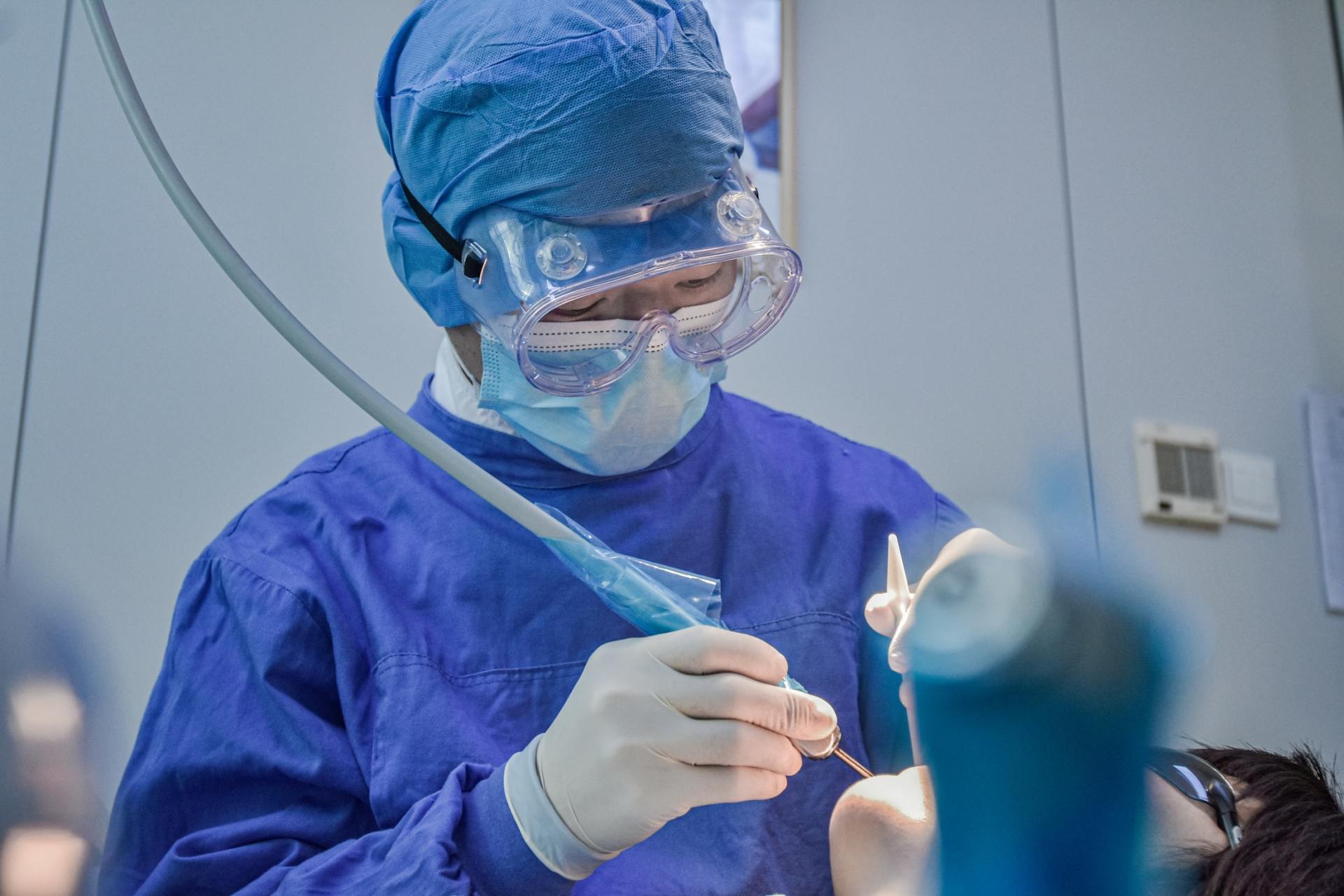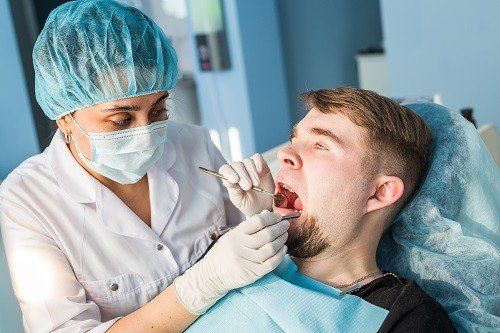When are Temporary Crowns Necessary?
Even when one of your teeth is scheduled to receive a crown, your dental professional needs to protect that tooth before the permanent, final crown is ready and dropped off with the dentist’s office within two or three weeks. While the temporary crown’s color may not match your natural teeth, you should be able to speak and eat as you normally would during this transition period. If you suspect you will need a temporary crown in the future, here is what you should know about the process.
Dental Crowns
A crown provides a protective covering for both dental implants and natural teeth. According to the American Dental Association (ADA), whenever teeth are discolored, weak from bad fillings, or badly shaped, a crown can provide a striking fix. Dental professionals may suggest a crown whenever there’s little tooth left or none at all, or they can be used for anchoring bridges to replace a missing tooth or those about to be extracted.
How Crowns are Made
During the first of two appointments, your dental professional can fit a temporary crown as well as x-ray the problem spot and treat for possible lingering decay. As a way of making room for your permanent crown, the dentist files down your natural tooth over the top and sides. They then take impressions of your filed tooth—including those below and above it—and send the impressions onto a dental lab to create the permanent crown. Since this process can take up to three weeks, your dentist places a temporary crown in order to protect the tooth until your next visit. During the second visit, after your permanent crown is delivered, the dentist will remove your temporary crown before fitting the permanent one in place.
Temporary vs. Permanent
There are several differences between permanent and temporary crowns, but this largely comes down to a dentist’s cement choice. It’s important to remember temporary crowns only last several weeks while permanent crowns can last between five and 15 years if proper care is implemented. Temporary crowns are made of plastic or metal, but some permanent crowns are made via high-quality porcelain or even porcelain that’s been bonded with gold. Regarding temporary crowns, the cement that dentists use for fixing temporary crowns is easily breakable, as they must be in order for dentists to easily attach permanent crowns afterward.
Temporary Crown Care
Normal brushing with fluoride toothpaste should help care for a temporary crown just as it would with normal teeth. When caring for temporary crowns, you should keep a few things in mind—for one, immediately after your temporary crown has been fitted, avoid eating for half an hour while the crown cement sets. Stickier foods could pull the temporary crown right off the tooth, so remember to also avoid these foods until your permanent crown is in. If your temporary crown does fall off, you can get it back into place via personal denture cement until you see your dentist again. It's crucial that you not leave the temporary crown outside your mouth for a long amount of time, as the teeth can actually move, making the fitting of a permanent crown challenging.
Need dental work but don’t have insurance? Our New Hampshire supplemental dental insurance can help offset some of those bills. For more information or to sign up for coverage, click here.











